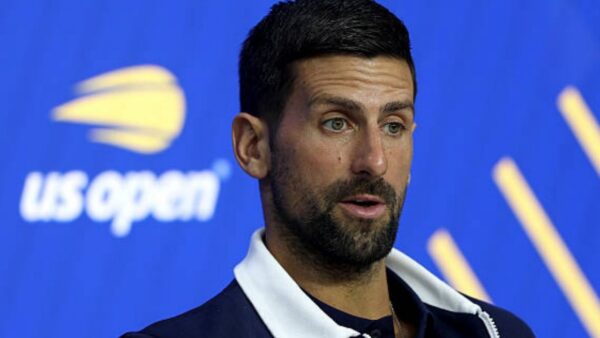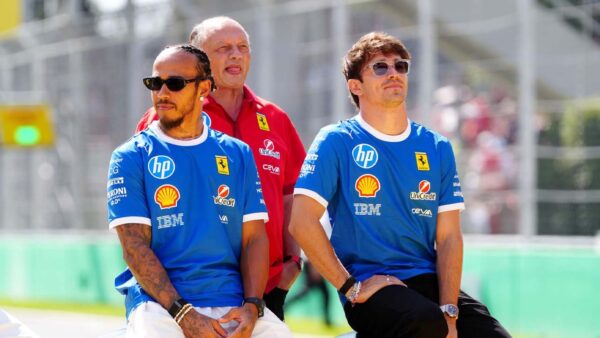Indian Women’s Cricket in 2021: A throwback to the 90s

🔍 Explore this post with:
The Indian women’s cricket team defeated Australia in the 3rd ODI of the three-match series. Hosts Australia won the series 2-1, but not before their 26-match winning streak was ended by a plucky Indian team in the final match.
India of course could have won 2-1 themselves had it not been for a series of fielding errors and a controversial no-ball that allowed Australia to win off the last ball in the 2nd ODI.
The 3-match series encapsulated the best and worst of Indian women’s cricket of the last 5 years. There was a one-sided loss, a defeat from the jaws of victory, and a heroic comeback that revealed the potential in the young Indian side.
For those who watched cricket in the 90s, this was very reminiscent of the roller-coaster journey of the Indian men’s team during that decade.
Team India: 90s vs today
Opening prodigy

As a 15-year old in 2019, Shafali Verma became the youngest ever cricketer represent India in the T20s. She took to international cricket like a duck to water and was one of the biggest stars to emerge from the Women’s T20 World Cup in 2020.
A prodigious young batter smashing the best bowlers of the world to all corners of the ground is nothing new for Indian fans. Shafali’s batting style bears more than a passing resemblance to a young Tendulkar or Virender Sehwag.
Shafali of course made her ODI debut only earlier this year and is yet to become an irreplaceable fulcrum like Sachin but the team is increasingly relying on her blazing starts at the top of the order and will do so in the foreseeable future. For instance, her absence was missed in the ODI series vs South Africa earlier this year.
Middle order muddle

The 90s Indian team had talented younger batsmen such as Ganguly, Dravid, Laxman, Kambli, and Jadeja led by a veteran in (pre-fixing) Azharuddin, but the whole could never become greater than the sum of the parts.
The present women’s team similarly has Smriti Mandhana, Jemimah Rodrigues, Deepti Sharma, and new finds Richa Ghosh and Yastika Bhatia led by veterans Mithali and Harmanpreet. This group is yet to coalesce into a consistent batting unit such as England’s or Australia’s.
Lack of bowling depth

Jhulan Goswami has been carrying the torch of women’s pace bowling in India for almost 2 decades now. That she is still going strong is a tribute to her commitment and determination. What is of note though is that no youngster has quite challenged her ODI place during this time. Shikha Pandey, herself 32, is not guaranteed a place in the XI.
On the other hand, India is reliant on spinners such as Deepti, Poonam Yadav, Ekta Bisht, Sneh Rana, and Rajeshwari Gayakwad to complete the overs which may not be the best strategy on all surfaces.
Preference for spin over pace is a long-standing tradition in Indian cricket that was broken only very recently in the men’s team. It will take time for women’s cricket to catch up.
Fielding lapses

Nothing epitomizes the worst of 90s Indian cricket more than misfields, missed run-outs, dropped catches and poor running between wickets. Many games during the era were lost to better fielding sides such as South Africa, New Zealand and Zimbabwe.
These tendencies were on full display during the recent India-Australia 2nd ODI where Beth Mooney and Australia were able to overcome a stiff required-rate thanks to the generosity shown by Indian fielders.
Inconsistency

Another very 90s-trait. The same Indian team that would go from a from 98-1 to 120-8 collapse at Eden Gardens to finding last ball heroes in Rajesh Chauhan and Hrishikesh Kanitar, could suddenly lose a heap of wickets in a crucial World Cup match against Zimbabwe.
Inconsistency has been the biggest bane of Indian women’s cricket in recent years. The team infamously bottled a run chase in the 2017 Women’s World Cup finals against England (a team they had previously beaten in the tournament) after Harmanpreet’s 171 not out in the semis vs Australia had dared the nation to dream.
The same happened in September 2021 where Jhulan’s batting got India over the line in the 3rd ODI after her disastrous final over in the 2nd. The same scenario will likely repeat in the coming months till the BCCI gets it’s act together.
The above was of course not a literal comparison, for example the present women’s team has a number of all-rounders, but the broad story-lines are very much present. So can a Women’s IPL help the girls in getting out of the 90s time-loop? We will find out in a subsequent article.







